HAVE YOU EVER WONDERED HOW CLOUDS ARE FORMED ?, MEASURED AND CLASSIFIED
CONTENTS·
· Introduction
· Process of cloud formation
· Observation
· Classification of cloud
· Measurement
· Conclusion
· Reference
· Authors question
Introduction
A few days ago, I was on top of a four-story building in a cool evening all by Myself taking a nice cool breeze, I looked at the sky severally, so I wondered and asked myself this question ‘’How are clouds been formed’’. So I took my time making research on the process of cloud formation, not just that, I went further on its classification and measurement and I thought I should share this knowledge with my fellow steemians.
I’m going to start by explaining to you what cloud is. Clouds are tiny droplets of water vapor, suspended and floating in the air, their forms, shapes, heights, and movements indicate the sky and weather conditions of a particular place. Places with an equal degree of cloudiness are joined by lines known as Isonephs on maps.
Clouds are known to be caused due to rising air, which cools by expansion, leading to the formation of water vapor droplets. Clouds are also be formed by the temperature inversion. Cloud cover is known to aid the :
- Formation of rain
- Reflection of shortwave and radiation
- Reduction of solar radiation
Process of cloud formation
Precipitation is a major factor that determines the water cycle, evaporation and transpiration is another factor in the water cycle, Through the process of evaporation and transpiration, water is taken into the atmosphere to form a vapor called Water vapor which then combines with the dust particles to form Cloud. Eventually, water returns back to the earth surface as precipitation in form of snow, rain, sleet, and hail.
Observation
Have you ever observed clouds in the deserts, you seldom see clouds in the desert because there is very little water to evaporate and form the cloud?
Coastal regions receive a lot of rain because they collect moisture from surrounding water.
Classification of cloud
There four major classes or types of cloud-based on forms, height, and appearance. These are [I]. High clouds, [II]. Medium clouds, [III]. Low clouds, and [IV]. Clouds with great vertical extent.
I. HIGH CLOUDS: There are three sub-types of high clouds which have a height of 6000-12000m
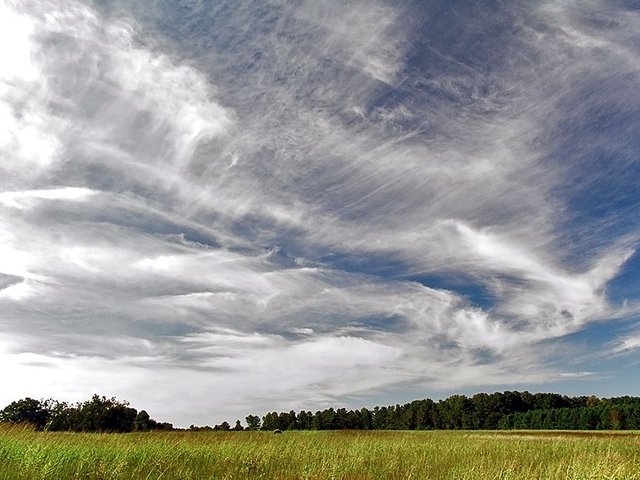
Cirrus: It is made up of small ice crystals; white, wispy, fibrous or feathery in appearance. It is the cloud with the highest vertical height ,
Cirrocumulus: It is made up of ice crystals, looks like ripples in the mackerel sky forming a thin cloud.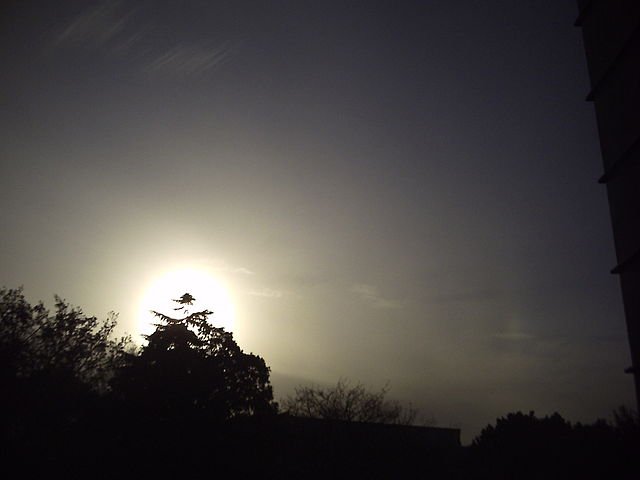
Cirrostratus: This looks like a thin white milky cloud which is transparent and gives the sun and moon haloes.
II. MIDDLE CLOUDS: There are two sub-types of this cloud with height 2100-600 degree m.
. Alto cumulus: This is woolly, bumpy clouds arranged in layers which appears like waves in the blue sky
Altostratus: This is denser, grayish cloud with a watery look.
III. LOW CLOUDS: There are three sub-types of low clouds with height below 2100m.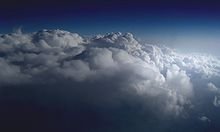
Stato cumulus: This is rough, bumpy cloud with more pronounced wave than altocumulus.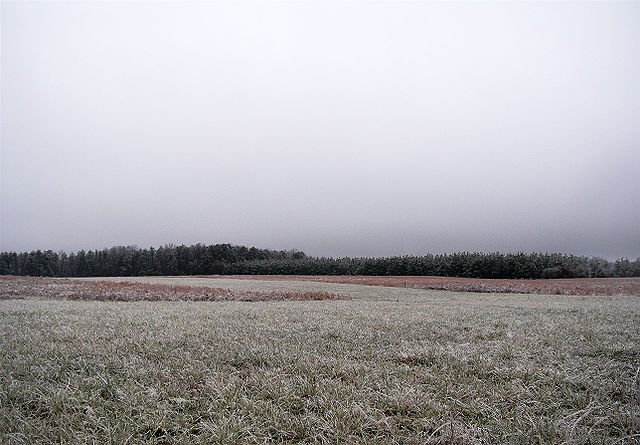
Stratus: This is low cloud, uniformly grey and thick stratus can reduce the visibility of aircraft.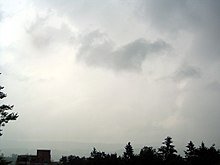
Nimbostratus: This is a dark, dull cloud, clearly layered. It is also called Rain cloud as it brings continuous rain, snow or sleet.
IV. CLOUDS OF GREAT VERTICAL EXTENT: There are two sub-types of this and the height varies from 6000-9000m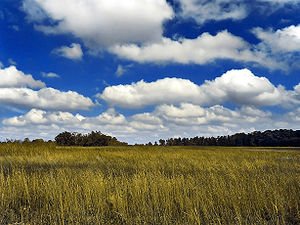
Cumulus: It is a vertical cloud with a rounded top and horizontal base, typical of humid tropical regions. It is associated with uprising conventional current.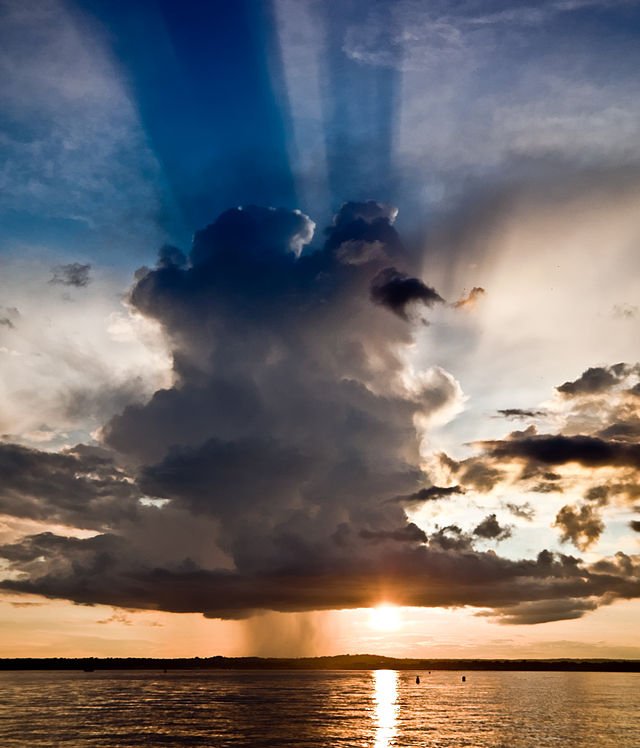
Cumulonimbus: This is a cloud of great vertical height. It is black and white globular mass gives it different shapes. It is frequently seen in tropical afternoons. It is also referred to as a ’’thunder cloud’’ and brings convectional rain accompanied by lightning and thunder.
Measurement of cloud
The amount of cloud in the atmosphere can be measured by oktas. In other words, the amount of cloud in the air is expressed in oktas or Eights of the sky covers.
Conclusion
All clouds contain water and dust particles, cloud size can also be influenced by many factors, some of which we do not understand, these include heat, seasons, mountain ranges, bodies of water, volcanic eruption and global warming.
Reference
The essential book of geography by O.A IWENA
All images used are licensed under creative commons which are free for use

Good work on your research effort. But I feel you can do better in future write up. Good job.